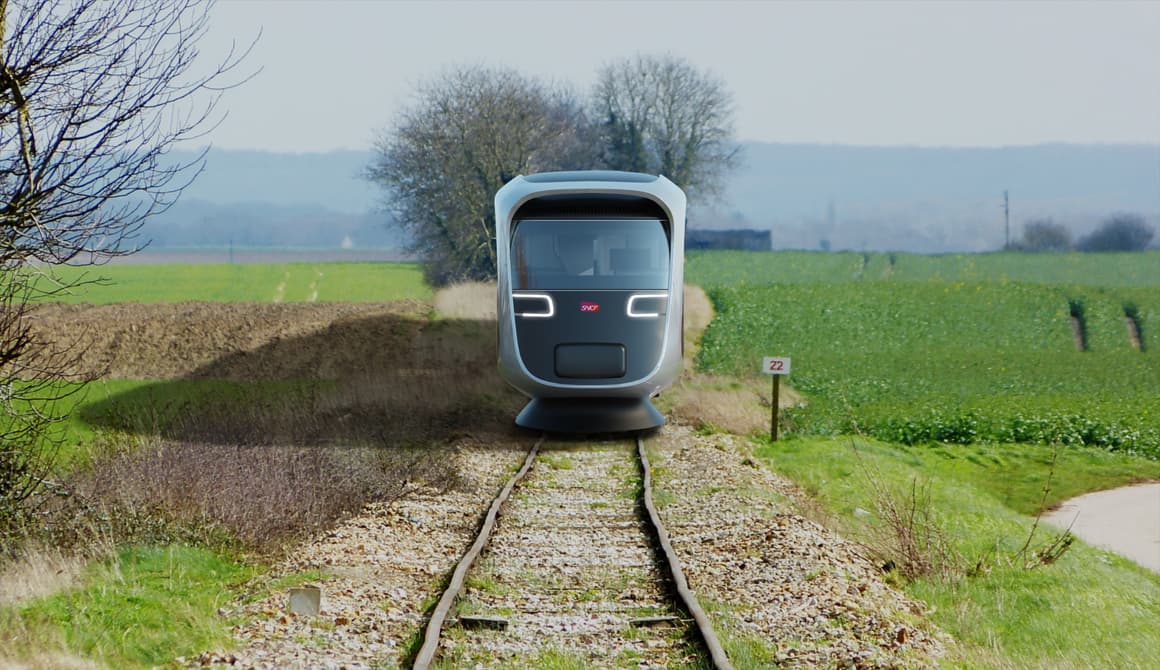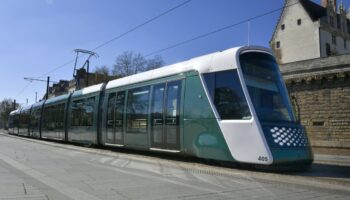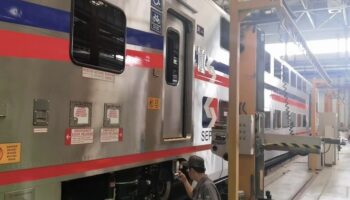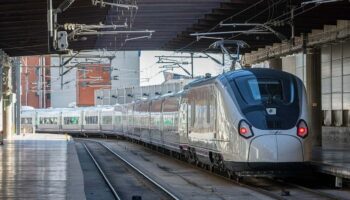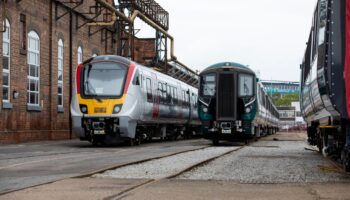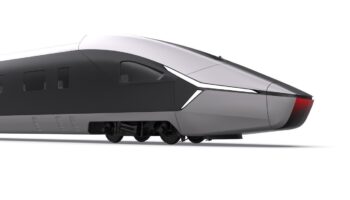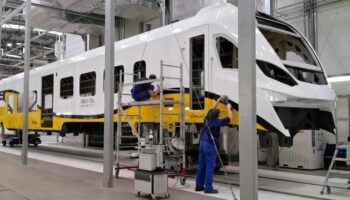France: The national operator has unveiled three battery-powered vehicle concepts that should help reopen low-traffic lines and increase cost efficiency relative to the TER regional rail service. On the one hand, SNCF wants to develop low-cost rolling stock for the regions, on the other, to achieve the goal of completely eliminating the use of diesel fuel in rail transport by 2035, without making major investments in line electrification.
The first concept presented by SNCF is Leger low-floor two-car trains for passenger and freight transport. Alstom, CAF, Wabtec and Thales are also involved in the development of it. The cost of the project is €50 mln. It is stated that the operation range of trains will be 250 km and 30% savings in life cycle costs are expected. The first tests are scheduled for 2024, commissioning should take place in 2028-2029.
The second concept is Draisy ultra-light passenger motor cars with a range of about 100 km, which can be put into operation on 40-80 low-traffic lines of French rail network. Draisy passenger capacity will be 80 people, including 30 seats. The rolling stock will have the possibility of driverless movement. It is expected that such transport in operation per passenger-kilometer will cost 60% less than the TER regional trains service. Pilot tests are planned for 2025, commissioning is scheduled for 2028. The cost of the project is estimated at €30 mln.
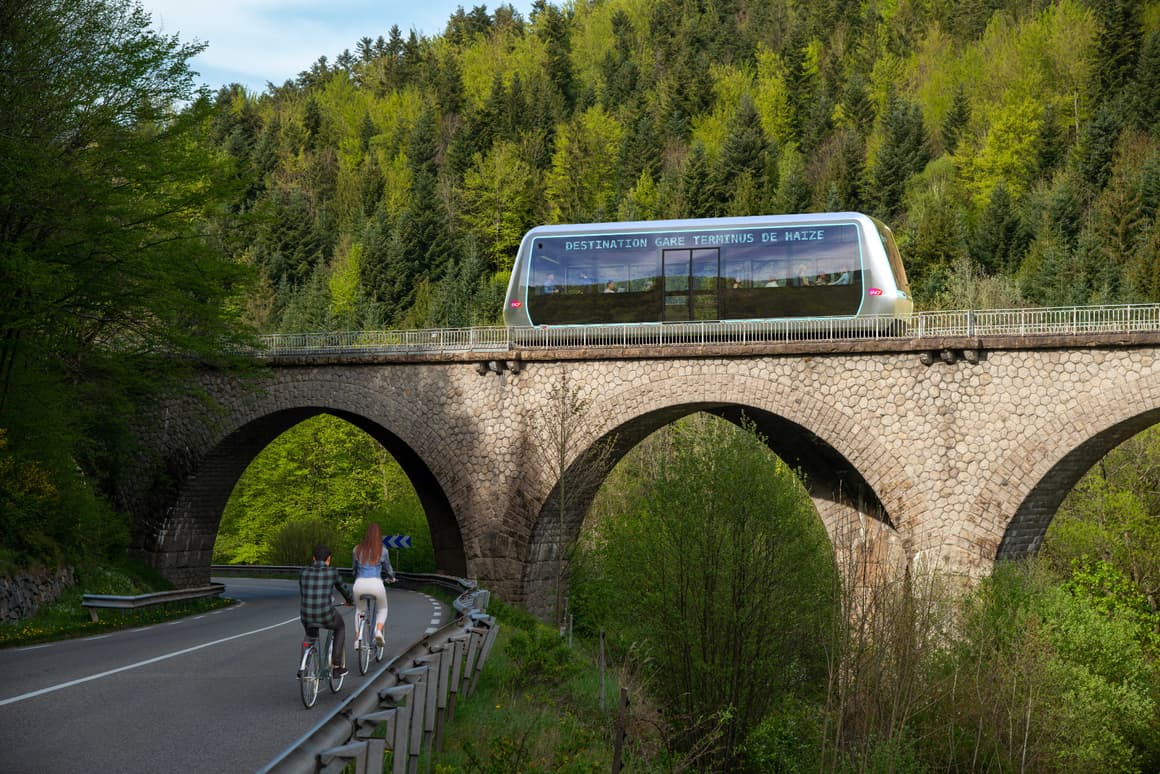 Draisy wagon render. Source: SNCF
Draisy wagon render. Source: SNCF
The third concept is Flexy hybrid vehicles that will be able to travel on both rail and road thanks to a road/rail hybrid wheel system being developed in partnership with Michelin. Flexy is created for cruising on low-traffic lines with a length of 10 to 30 km. To work on the “last mile” at the end points of the route, the possibility of road travel will be provided. One vehicle can carry 9 people. The first tests should take place in 2024. Commercial operation of Flexy may begin in 2026.
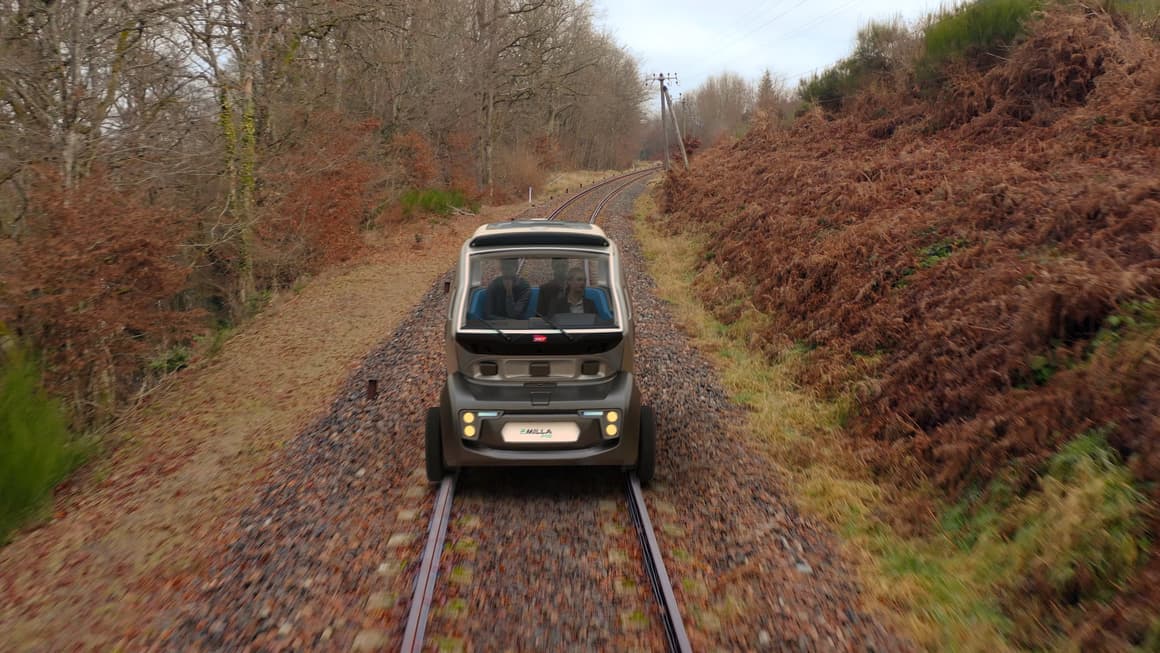 Flexy vehicle render. Source: SNCF
Flexy vehicle render. Source: SNCF
At the end of March, ADEME, the French environment and energy agency, decided to support these projects within the framework of the railway transport railway transport and provide them with a grant of €75 mln. The creation of environmentally friendly rolling stock for low-traffic lines is also supported in the UK. In particular, in January last year, Ultra-Light Rail Partners received a grant of €67,000 for a feasibility study and the creation of a 120-seat motor car 20 m long and weighing 20 t. At the same time, it is proposed to use biogas as fuel.



